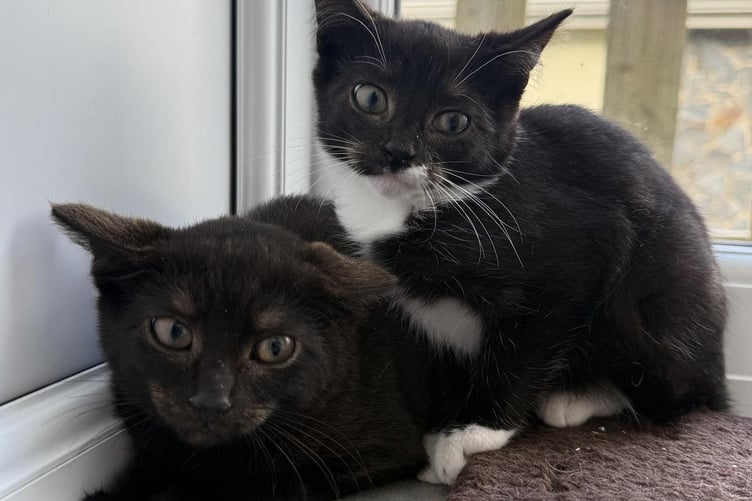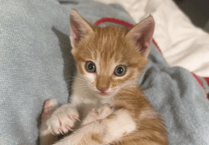Halloween, or Hop Tu Naa, is a festival rooted in ancient mythology – a celebration to mark the changing of the seasons and to demonstrate a respect for nature and the supernatural world.
For example, this was traditionally a time when creatures such as Mooinjer Veggey (the Little People) were thought to be especially active.
These spirits, while not always harmful, could play mischievous tricks on humans and their animals, and a failure to respect them could result in misfortune.
A respect for, and even fear of, the natural world has meant that bats have been associated with Halloween for centuries.
This is probably because of their tendency to swarm together at dusk at this time of year, before they migrate and hibernate.
But bats need to be wary, and not fly too low, because it is estimated that cats kill 250,000 of them in Britain every year.
The Manx Bat Group has extrapolated this data to estimate that cats kill around 500 bats a year on the Isle of Man, with one rogue moggy in the south recently catching seven bats in close succession and, potentially, wiping out a whole colony.
And cats of the black variety are, of course, also closely linked with Halloween because of their association with the supernatural and witchcraft.
In much of the western world black cats are considered to be harbingers of misfortune and wickedness.
In the 17th century simply owning a black cat could lead to harsh punishments, even death; and the black cat still suffers from, as the ‘National Black Cat Day’ website calls it, the ‘consequences of a damaged collective reputation’.
However, an association with witchcraft need not be a sinister one and could be linked to strength, independence and mystery – traits we often see in cats.
And in many cultures black cats are associated with good luck. As far back in time as Ancient Egypt black cats represented Bastet, the goddess of women, the home and fertility.
She had the head of a cat and the body of a woman. Most Ancient Egyptians owned a black cat and it was a crime punishable by death to harm one.
In modern times black cats are still seen as a good omen in many parts of the world – a black cat appearing on your doorstep signals prosperity (a common belief in Scotland), and a black cat crossing your path signals good fortune (in England and Ireland), and giving a Welsh bride a black cat on her wedding day was thought to bring her good luck.
Sailors have long believed that keeping a black cat on board ensures fair weather when they are out at sea, and the wives of English fishermen traditionally believed that a black cat kept at home would ensure their husbands’ safe return.
And the French call black cats ‘money cats’ (‘chats d’argent’) in the belief that if you show a black cat respect you will be rewarded with riches.
Black cats themselves could do with some good luck. They are two thirds less likely to be adopted than white cats, and 50 per cent less likely to be adopted than tabbies.
They are also more likely to be involved in a road traffic accident because they are less visible to drivers, particularly at this time of year when people drive to and from work in the dark.
Conversely, a black cat is likely to be healthier than its counterparts.
Research has shown that the genetic mutations that cause cats to have black coats may offer them some protection from diseases such as cancer and the feline equivalent of Alzheimer’s disease.
We have several black cats in our cattery at the moment, including nine-year-old Suki whose owner sadly passed away, and the aptly named three-month-old kittens Jeepers and Creepers.
Freddy and Krueger are another pair of three-month-old black kittens, albeit Krueger has a touch of white under his chin and on his paws – making it easier to know who’s who.



-(1).jpeg?width=209&height=140&crop=209:145,smart&quality=75)
.jpg?width=209&height=140&crop=209:145,smart&quality=75)